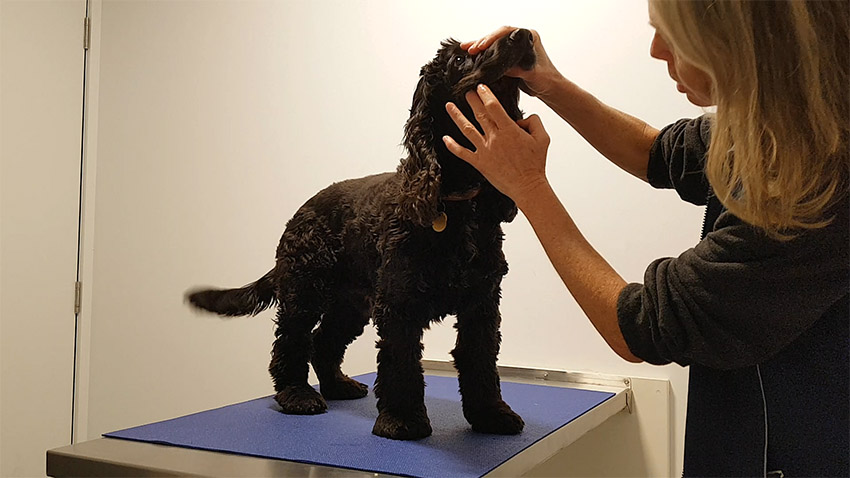Two weeks ago, I allowed someone to stick a needle in my eye. What’s more, I volunteered for the procedure and was aware through the entire operation which lasted about half an hour. As a result, I can see sharper than I did before, so I’d call that a success.
As humans, we are able to mentally prepare ourselves for unpleasant, painful or outright dreadful things. We can elect to place our health or even life into the hands of experts we trust. We can also elect to be sedated. Our animals are not so lucky. They are frequently subjected to scary procedures and every time they are more afraid, more petrified, more ready to fight or flee. I’m not even talking about sticking needles in their eyes, but standard veterinary procedures such as mouth, ear and eye exams, temperature taking, blood draws, injections, pilling and more. For our animals these can be just as scary.
Unlike us, our dogs, cats, feathered or scaly friends can never rationalise what is happening to them. They will never understand that it is for their own good. When they don’t move on the exam table, it’s not because they are stoic—it’s because they are frozen in fear. If they struggle to get away, they are not stubborn—they are fighting for their life. Their instinctive reactions cannot be overwritten with human logic, but we continue to tell them that everything is going to be OK and then do the equivalent of sticking a needle in their eye. We do it, not because we are mean, but because we believe there’s just no other way.
Well, there is. And it’s worth investing some time and effort into it. The one thing that can make your animal cooperate with veterinary and other invasive procedures is husbandry training. In fact, it escapes human logic that we haven’t adopted the same approach that we use with zoo animals (and have been for decades) for “small animal” practise. Yes, it is easier to hold down a dog against their will than a gorilla, but just because we can take a forceful approach doesn’t mean we should. The emotional fallout and effect on the animal’s well-being can be significant and long-lasting. The “let’s get it over and done with quickly” attitude is understandable and has often worked for veterinary staff, and even the animals’ owners, in the past, but it has never worked for the animal. Now, attitudes are changing.
Humans are becoming increasingly savvy in interpreting their animal’s body language and are less willing to compromise on animal welfare. No one wants to see their animals or patients suffer. But the fallout of coercive handling also goes further than the animal’s well-being: Animals with anxiety can seriously affect their humans’ quality of life, they can be a risk to veterinary staff, their emotional state can make diagnosis and treatment more difficult and people may avoid taking their anxious animals to the vet altogether.
So, arm yourself with a bucket of treats and start doing some mock vet procedures with your dog, giving a treat after each handling. If your dog is already anxious, it’s best to work with a qualified professional to get you on the right track. To see the transformation from a dog who’s scared of the vet to one that strides into the vet practise, tail up and wagging, eager to jump on the table, is quite extraordinary.
Here is me and my good friend Hero practising a few procedures at the vet:
RESOURCES
The Academy For Dog Trainers’ Husbandry Project
Fear Free Happy Homes
Interview with Dr Marty Becker, by Companion Animal Psychology


